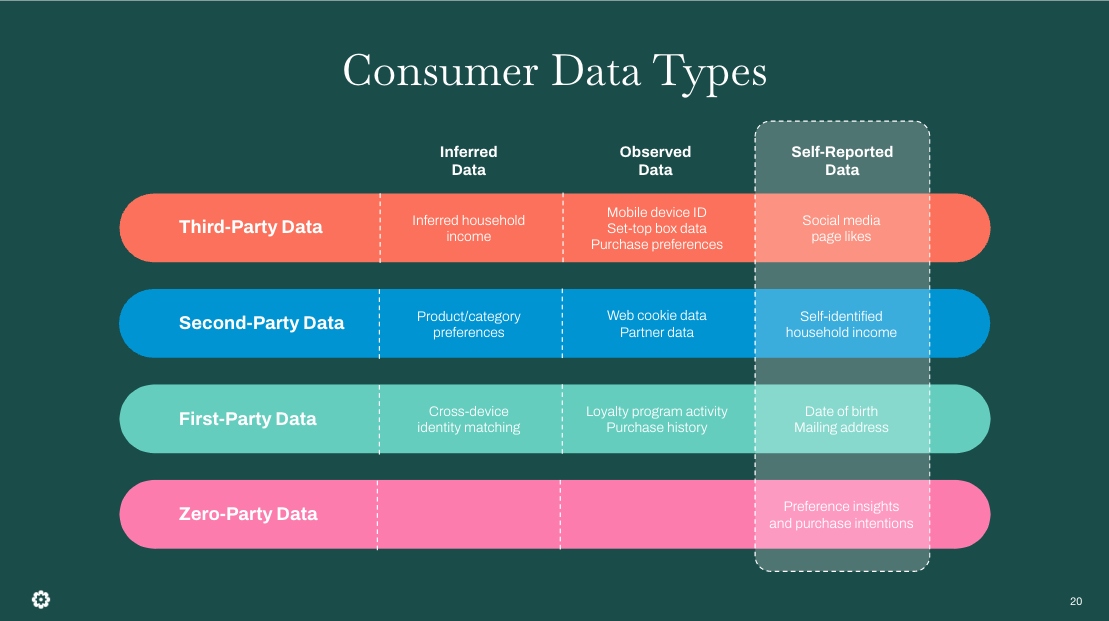

The brand marketers’ job specification has never been more complex. There was a time in the very recent past where it was standard practice to aggregate data sets from all manner of sources, use it to cast a brand’s message wider and further, and as long as the bottom line was healthy, no one questioned if there was perhaps a better way.
Fast-forward to today and consumer trust in brands to use their data to deliver personalized experiences is incredibly fragile. The erosion of consumer trust has meant it has never been more important for marketers to deliver relationship marketing strategies that forge honest, reciprocal relationships with consumers.
The Cambridge Analytica scandal, in which 87 million individuals had their personal data illegally harvested, shone a spotlight on the tech behemoths and the surreptitious ways some of them had been collecting data without consent and using it for clandestine purposes. In the subsequent half a decade, privacy legislation has swept the globe, Apple has introduced a raft of tools to make it impossible for marketers to target unknown audiences and Google is on the verge of comprehensively curtailing third-party tracking cookies (Mozilla and Safari already have).
All of this has led to a cohort of consumers, from Gen Z through to Boomers who are cognizant of the value of their data and proactive about protecting it.
The reasons marketers need to wean themselves off cookies and third-party data is threefold. First, as discussed earlier, access to it is almost entirely prohibited to both collect and use for targeting. Second, by its very nature it’s imprecise. Third-party data is collected and compiled by outside vendors, and can include any number of personal or anonymized data points that can provide inferences about a consumer’s interests and preferences. As it’s aggregated from a variety of sources, it’s impossible to know the origin or accuracy of a given data point. Information is often stale or even contradictory and since anyone can buy access to third-party data, it doesn’t provide any competitive advantage for a brand.
Thirdly, consumers have made it clear that cookie-based advertising and being chased from website to website is not desired. Our 2023 Consumer Trends Index surveyed over 11,000 global consumers, and 61% stated ads based on cookies and tracked behavior were creepy and a sizable 45% of consumers have gone to the trouble of installing ad blocking tech.
Despite this, consumers are clamoring for more personalized experiences, with 70% of consumers prepared to share behavioral and psychographic data in return for a better service. To deliver, exceed expectations, and stay ahead of the competition, marketers need to shift to a strategy that asks rather than infers. The answer is zero-party data.

It is possible for marketers to gather the behavioral and psychographic data required to not just know what your customers have done in the past, but what they intend to do in the future. This is zero-party data and it is the future of relationship marketing.
Marketers collect this class of data by connecting directly with consumers, and rather than making inferences and assumptions, they simply ask. If a customer trusts your brand and values the interactions they have, they will proactively and intentionally share. The data, insights, and permissions they provide can then be used to help brands of all sizes future-proof and deliver truly personalized relationship marketing.
“Zero-party data is that which a customer intentionally and proactively shares with a brand. It can include preference center data, purchase intentions, personal context, and how the individual wants the brand to recognize [them].” – Forrester
Marigold: where relationships take root.